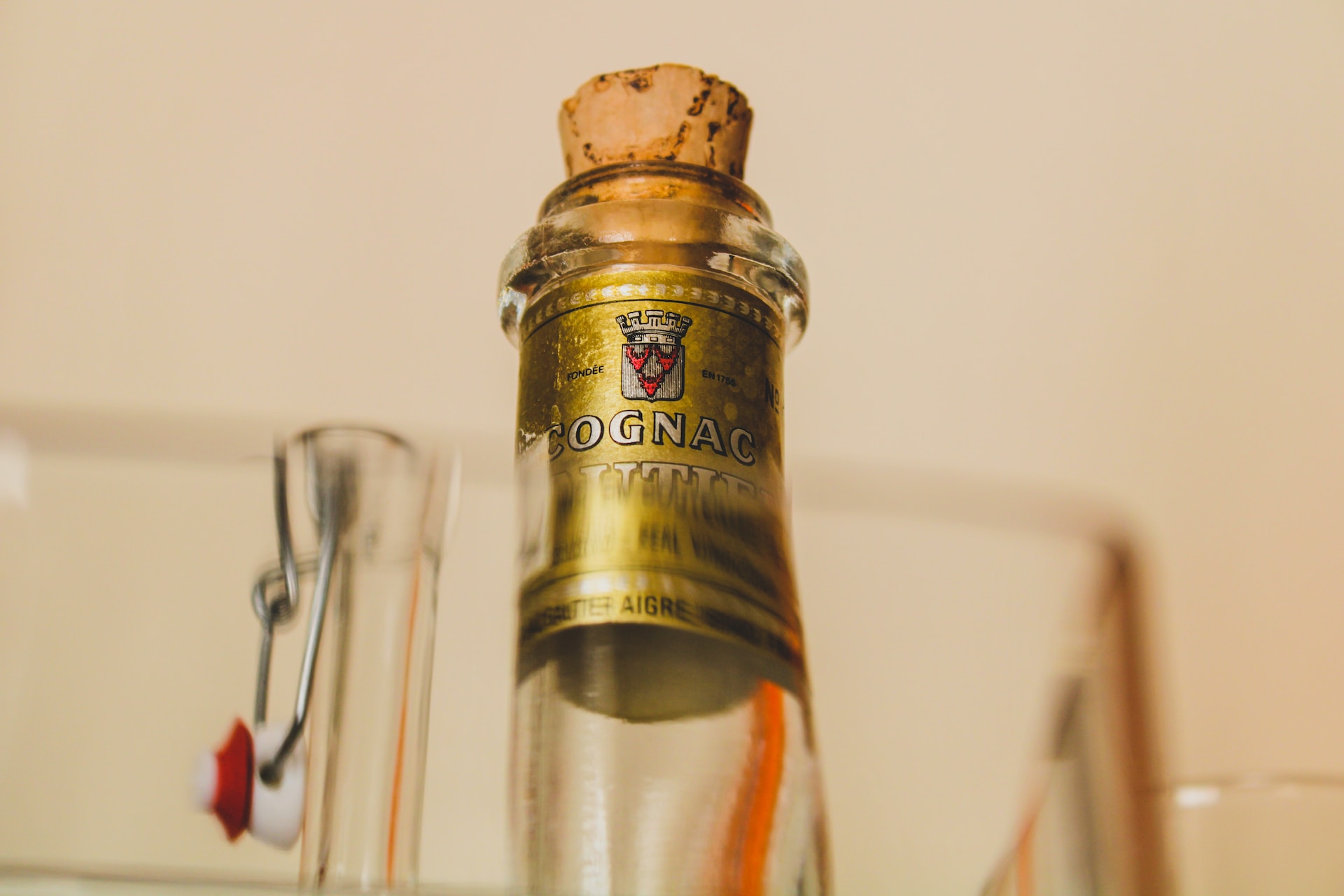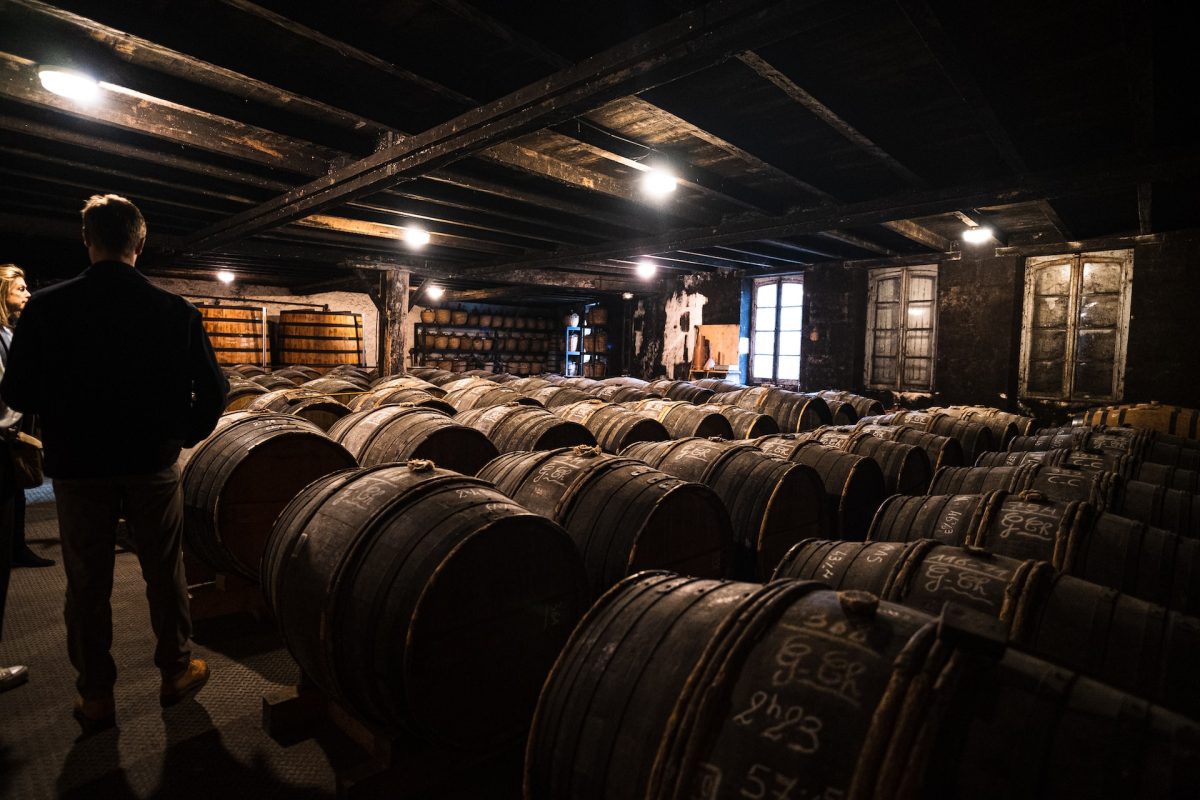Cognac is a French brandy that has become synonymous with luxury and sophistication. It is a type of brandy made from grapes that are grown in the Cognac region of France, and it has a unique taste and aroma that is highly prized by connoisseurs. However, there is some confusion among drinkers about whether cognac should be consumed as an aperitif or a digestif. In this article, we will explore the history of cognac, the differences between an aperitif and a digestif, and ultimately determine whether cognac is better suited as an aperitif or a digestif.
The History of Cognac
Cognac has a long and storied history that dates back to the 16th century. The brandy was first produced by Dutch traders who were looking for a way to preserve wine during transport. They discovered that by distilling the wine, they could create a more stable and long-lasting product. Over time, this distilled wine became known as brandy, and it was eventually produced in many parts of Europe.
However, it wasn't until the 17th century that cognac as we know it today began to take shape. In 1601, a man named Pierre de Roffignac began distilling wine in the Cognac region of France. This region, which is located in southwestern France, is known for its chalky soil and maritime climate, which creates ideal growing conditions for grapes.
Over time, cognac became more and more popular, and it eventually became a symbol of luxury and refinement. Today, cognac is one of the most highly prized spirits in the world.
How Cognac is Made
Cognac is made using a specific method that involves distilling white wine in copper stills. The wine is first fermented from grapes grown in the Cognac region and then distilled twice to create a clear spirit that is high in alcohol content. The resulting spirit is then aged in oak barrels for a minimum of two years, although many cognacs are aged for much longer than this.
During the aging process, the cognac takes on the flavor and aroma of the oak barrels. This results in a rich and complex spirit that is highly prized by connoisseurs. The longer the cognac is aged, the more complex its flavor profile becomes.
The Flavor Profile of Cognac
Cognac has a unique flavor profile that is characterized by notes of fruit, oak, and spice. The fruit flavors are typically those of dried fruits, such as raisins, apricots, and prunes. The oak flavors come from the barrels in which the cognac is aged, and they can range from mild to intense. Finally, the spice flavors can include notes of cinnamon, clove, and nutmeg.
Overall, cognac is a complex and nuanced spirit that is best enjoyed when sipped slowly and savored.
Aperitifs vs. Digestifs: What's the Difference?
Before we can determine whether cognac is better suited as an aperitif or a digestif, we need to first understand the differences between these two types of drinks.
An aperitif is a drink that is typically consumed before a meal to stimulate the appetite. It is usually light and refreshing, with a lower alcohol content than a digestif. Common aperitifs include vermouth, Campari, and Aperol.
On the other hand, a digestif is a drink that is typically consumed after a meal to aid in digestion. It is usually stronger and more complex than an aperitif, with a higher alcohol content. Common digestifs include brandy, cognac, and port.
So, the main difference between an aperitif and a digestif is their intended use. Aperitifs are meant to be enjoyed before a meal to stimulate the appetite, while digestifs are meant to be enjoyed after a meal to aid in digestion.
When to Drink Cognac as an Aperitif
While cognac is traditionally consumed as a digestif, there are some situations where it can be enjoyed as an aperitif. For example, if you are having a light meal or appetizers, a small glass of cognac can help to whet your appetite and prepare your palate for the meal to come.
When drinking cognac as an aperitif, it is best to choose a younger, lighter cognac that is not too overpowering. You should also serve it chilled or over ice to help it feel refreshing and light on the palate.
When to Drink Cognac as a Digestif
Cognac is best enjoyed as a digestif, after a meal. It is a complex and rich spirit that pairs well with desserts, cheese, and other rich, heavy foods. The higher alcohol content of cognac can also help to aid in digestion and soothe the stomach after a heavy meal.
When drinking cognac as a digestif, it is best to choose an aged, complex cognac that has a rich and nuanced flavor profile. You should also serve it at room temperature, in a snifter or tulip-shaped glass to help concentrate the aromas and flavors.
Pairing Cognac with Food
Cognac is a versatile spirit that pairs well with a wide range of foods. When pairing cognac with food, it is best to choose dishes that are rich and flavorful, as the complexity of the cognac can stand up to bold flavors.
Some classic pairings for cognac include chocolate desserts, strong cheeses, and rich, meaty dishes like steak or roast beef. However, you can also experiment with pairing cognac with other foods, like spicy dishes or seafood.
Conclusion
In conclusion, cognac is a complex and highly prized spirit that can be enjoyed as both an aperitif and a digestif. When drinking cognac as an aperitif, choose a lighter, younger cognac and serve it chilled or over ice. When drinking cognac as a digestif, choose an aged, complex cognac and serve it at room temperature in a snifter or tulip-shaped glass. Cognac pairs well with a wide range of foods, but is best enjoyed with rich, bold flavors.



